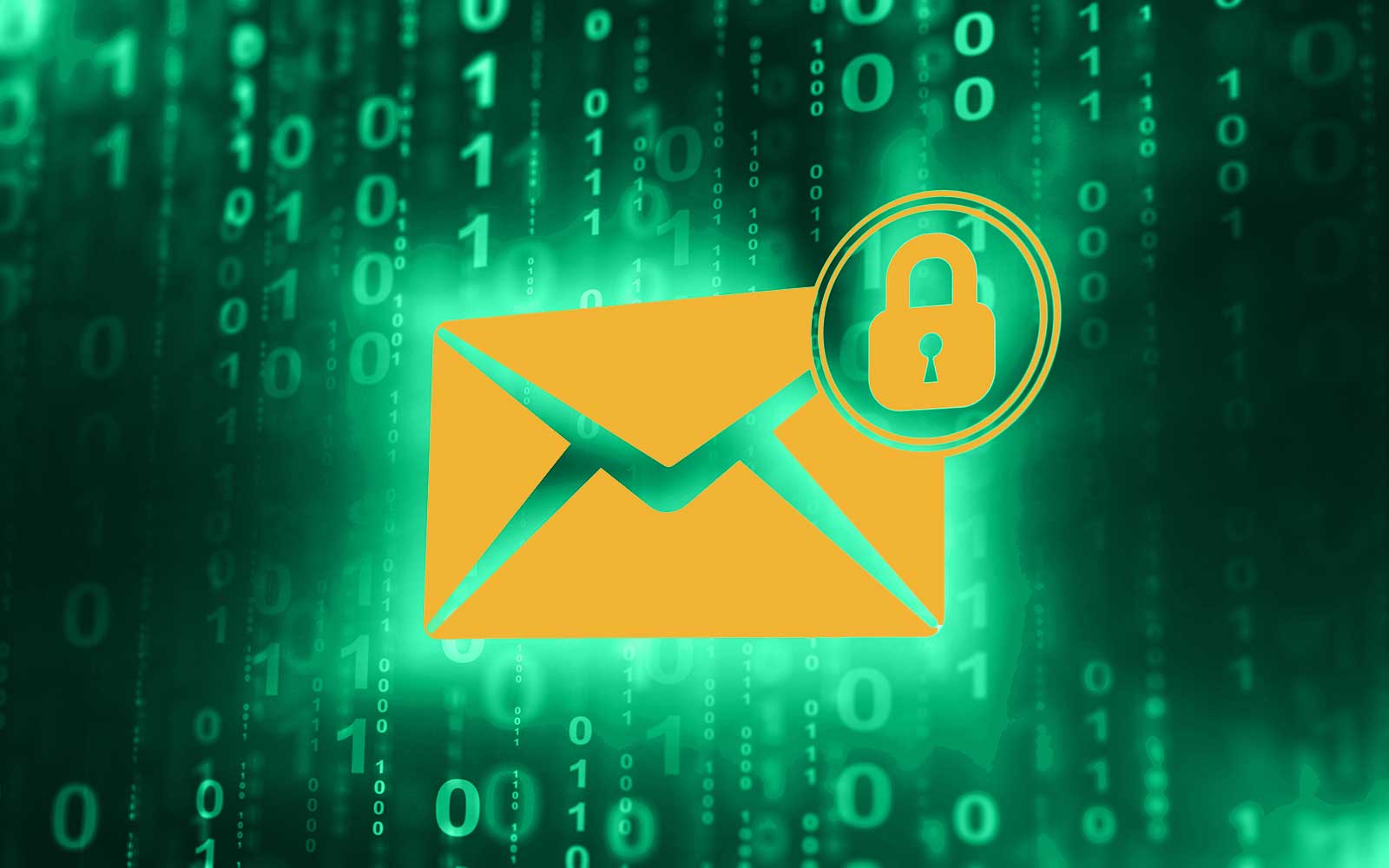Encrypted notes allow you to scramble the content of your message, ensuring that only the intended recipient can read and understand it. It adds a layer of security, protecting sensitive information from prying eyes. We’ll walk you through sending an encrypted note, making it easy and accessible for anyone who wants to enhance their digital privacy.
Why send encrypted notes?
- Encrypted notes ensure the intended recipient can only read your message, protecting your privacy. Even if the note is intercepted during transmission, the content will be scrambled and indecipherable without the correct decryption key.
- Encryption safeguards your sensitive information. Whether you’re sharing personal details, financial data, or confidential business plans, encryption ensures your data remains secure and reduces the risk of unauthorized access.
- You gain peace of mind by sending encrypted notes, knowing your message is secure. This is especially important when discussing sensitive topics or transmitting valuable information that could be damaging if exposed.
- In specific industries, such as healthcare and finance, sending encrypted notes may be a regulatory requirement. Encryption helps organizations comply with data privacy laws and securely handle sensitive information.
- Encryption adds an extra layer of security to your digital communications. Even if your email or messaging accounts are compromised, the encrypted notes will remain safe, as they require an additional key or password to unlock.
Now that we’ve explored the reasons for sending encrypted notes let’s get started with the step-by-step guide on how to do it:
Choose a reputable encrypted note-taking application
Several options are available, and choosing one that suits your needs and provides a high level of security is essential. Look for applications that offer end-to-end encryption, ensuring your notes are encrypted on your device before being sent to the server. Reputable applications often have transparent privacy policies and security audits, giving you confidence in their commitment to protecting your data. Some popular choices include services that specialise in secure communications, offering encrypted messaging and note-taking features.
Create your account and set up security measures
Once you’ve selected your preferred encrypted note-taking application, it’s time to create your account. You’ll typically be asked to provide an email address and create a strong password during the account creation process. Here are some critical considerations for this step:
Email address – Choose an email address you regularly use and check. This will be your primary means of recovering your account if needed and receiving notifications about new notes online or replies.
Password – Create a solid and unique password for your account. Avoid using easily guessable passwords or personal information that could be obtained through social engineering. Combining uppercase and lowercase letters, numbers, and special characters makes guessing challenging for others.
Security questions – Some applications may offer the option to set up security questions and answers. These can be used for account recovery, but be cautious about the information you provide. Avoid questions with easily obtainable answers, and consider providing misleading or false information to which only you know the correct response.
If you’re using a mobile device, you may also have the option to enable biometric authentication, such as fingerprint or facial recognition, for an additional layer of security when accessing your encrypted notes.


